Today, with the silent support of new energy vehicles and energy storage power stations, high-performance batteries have become the "energy heart" of modern society. When we marvel at the energy density, charging speed, and cycle life of batteries, our eyes often focus on core chemical systems such as positive and negative electrode materials, electrolyte formulations, and more. However, the birth of a top-of-the-line battery is far more than the magic of chemistry, but also an extremely precise physical manufacturing. Among them, a seemingly inconspicuous but crucial link, pole piece slitting, is quietly determining the performance and fate of the battery with its "millimeter difference".
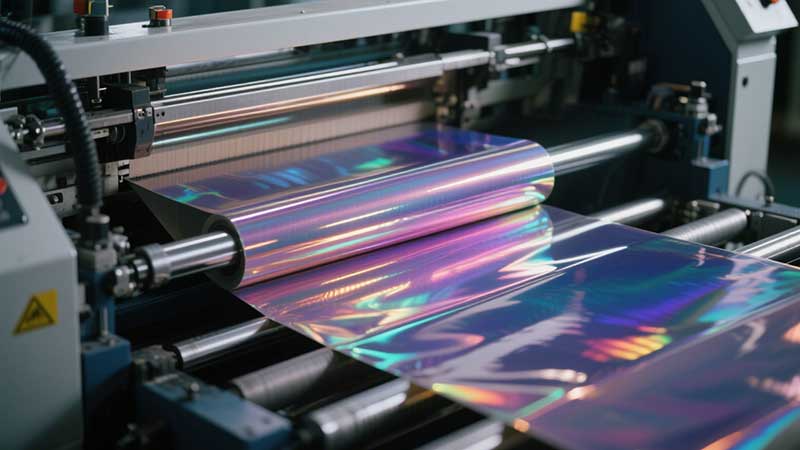
The responsibility of cutting: from "one roll of film" to "thousands of electrodes"
In the previous process of battery manufacturing, the positive and negative electrode materials are uniformly coated on the metal foil current collector as thin as a cicada's wings to form a wide pole coil. The mission of the pole piece slitting machine is to accurately cut this "picture scroll" wide pole into narrow strips of preset width, which will eventually be wound or laminated to form the core of the battery cell.
This is by no means a simple "cropping". The process of slitting is the ultimate balance between force and precision. The slitting knife is like a scalpel in the hands of a heart surgeon, and its landing point is accurate and the cleanliness of the cut directly affects the "cardiovascular system" of the battery.
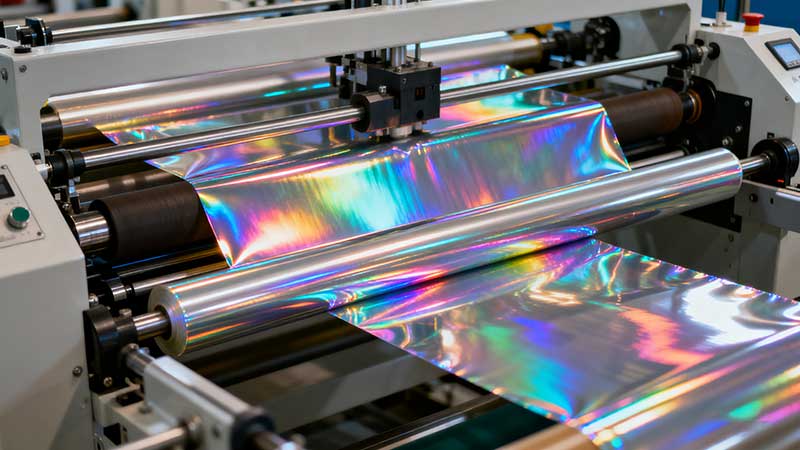
Where is the difference in the slightest?
1. Glitches: The first "ghost gate" of safety
During the slitting process, if the blade is not sharp, insufficient precision, or improper tension control, tiny metal burrs will occur on the edge of the pole piece. These burrs are the most dangerous "assassins" inside the battery. During subsequent winding and charging and discharging, burrs can easily pierce the diaphragm, causing direct contact between the positive and negative electrodes, causing an internal short circuit. At best, the battery will be scrapped, and at worst, it will cause thermal runaway and fire and explosion. The cleanliness of slitting is the cornerstone of building a battery safety line of defense.
2. Dust: The "Invisible Killer" of Performance and Longevity
Imperfect slitting can produce metal dust and active substance particles. These micron-sized dusts are scattered on the surface of the pole pieces, which will also bury the hidden danger of internal short circuits. More importantly, they lead to the loss of active substances, reduce the battery's initial charge and discharge efficiency, and gradually consume a limited amount of electrolyte, thereby accelerating the decay of battery capacity and shortening its cycle life. The dust-free slitting is the key to ensuring the long-term health of the battery.
3. Dimensional Accuracy: The "Lifeline" of Consistency
The width of each pole must be the same height. Any micron-level deviation will be dramatically amplified after thousands of poles are superimposed and wound. Too wide a pole may cause edge crushing, wrinkling, or even direct contact with the other pole during winding; Too narrow can lead to waste of active material and affect the uniformity of current distribution. The dimensional accuracy of slitting is the core to ensure the stability of the internal structure of the battery cell and achieve the consistency of mass production.
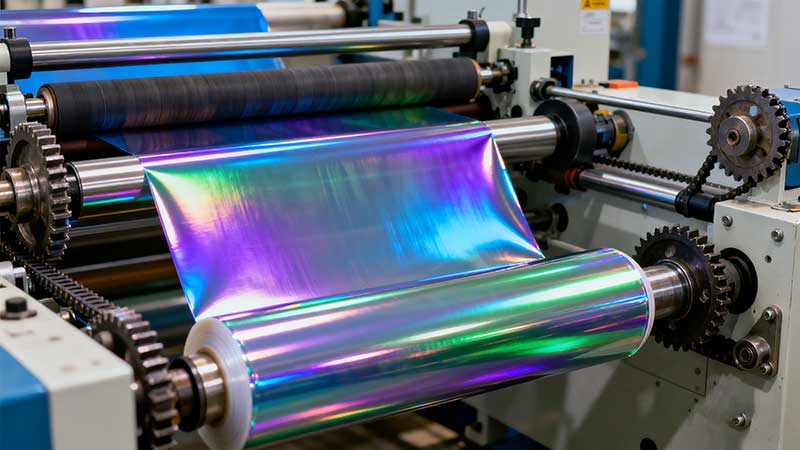
How to achieve "no difference"? - The technical core of modern slitting machines
To control this "millimeter difference", modern pole piece slitting machines have evolved into high-precision equipment integrating machinery, automation, and optical inspection.
• "God's Eye" - online monitoring system: high-resolution CCD vision system monitors the edge of the slitted pole piece in real time, detects and classifies 100% of defects such as burrs and wavy edges, and immediately alarms once it exceeds the standard, killing quality problems in the cradle.
• "Steady Hand" - High-precision tension control: From unwinding, slitting to winding, the tension servo control system ensures that the pole pieces are always in a stable and tight state when cutting, which is the physical prerequisite for obtaining perfect cuts.
• "Shadowless Blade" – Advanced Tool Technology: Made of ultra-hard disc cutter, precise sharpening technology and an in-line cleaning system ensure that the blade is always sharp. Parameters such as the clearance between the upper and lower knives, the amount of overlap, and other parameters are controlled at the micron level to achieve "clean" shearing rather than "tearing".
• "Smart Brain" - Data-based and Intelligent: Modern slitting machines integrate MES (Manufacturing Execution System), and all process parameters and quality data are recorded and analyzed. Through big data models, it can predict tool life, optimize cutting parameters, and achieve a leap from "precision manufacturing" to "intelligent early warning and adaptive manufacturing".
Conclusion: Listen to thunder in a silent place
In the grand battery manufacturing map, pole piece slitting may be just a tiny coordinate. But it is this delicate kung fu "in the silent place" that sends out the "thunder" that determines the performance of the battery. It uses cold steel and accurate data to protect the core safety and efficiency of the battery.
It can be said that behind every safe, powerful and durable power battery, there is a pole piece slitting machine that "sees the fine and small". It uses a "millimeter difference" that cannot be lost to lay the most solid and reliable cornerstone for our surging electric era.



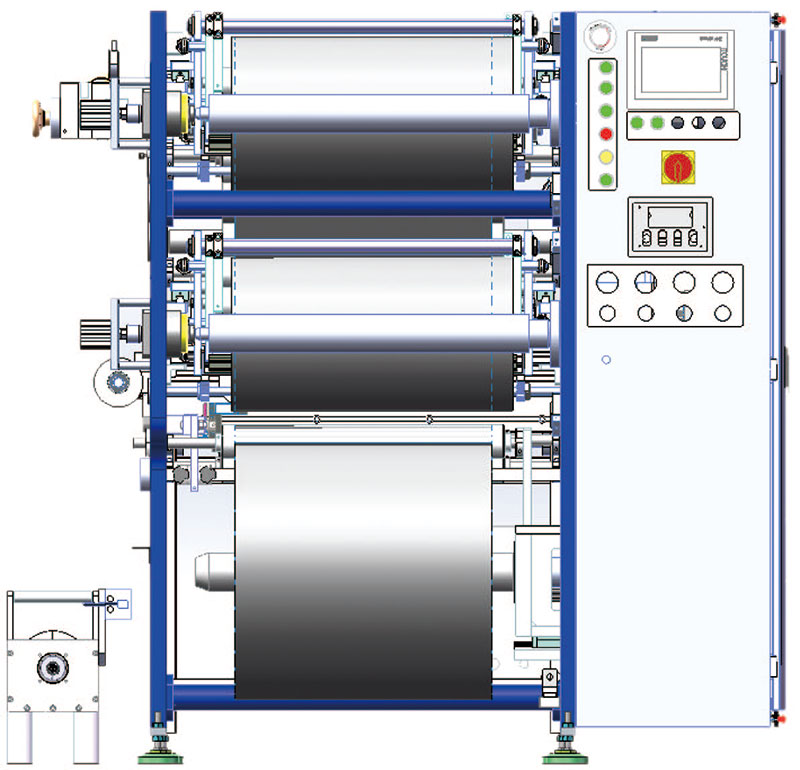
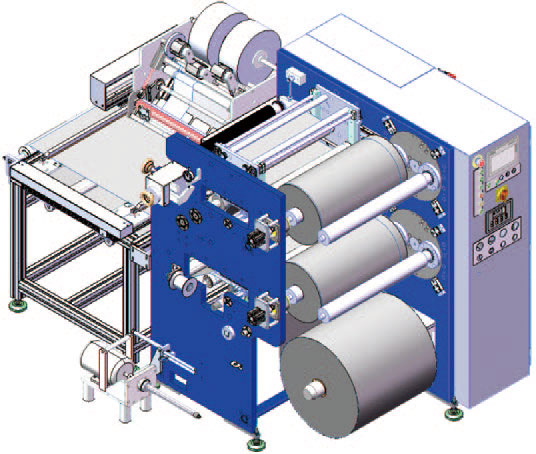
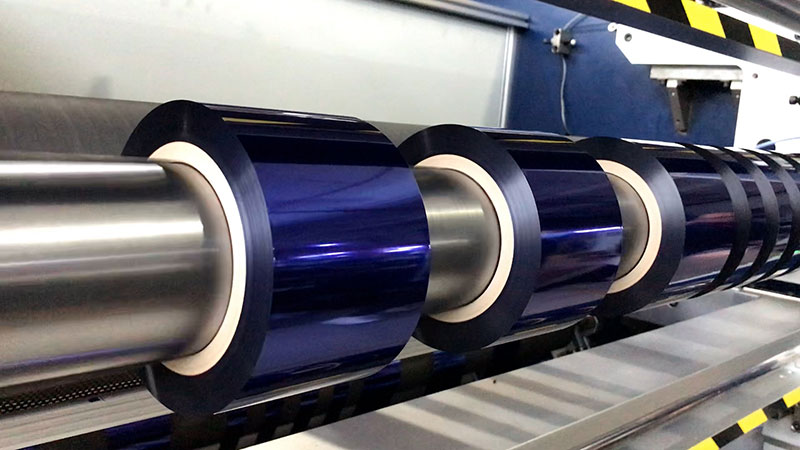
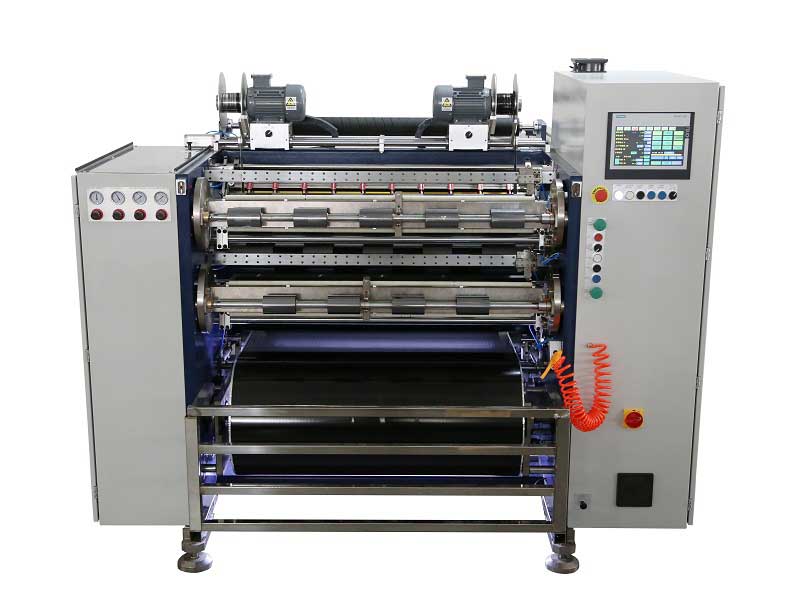 Automatic Thermal Transfer Ribbon Slitting Machine RSDS8 H PLUS
Automatic Thermal Transfer Ribbon Slitting Machine RSDS8 H PLUS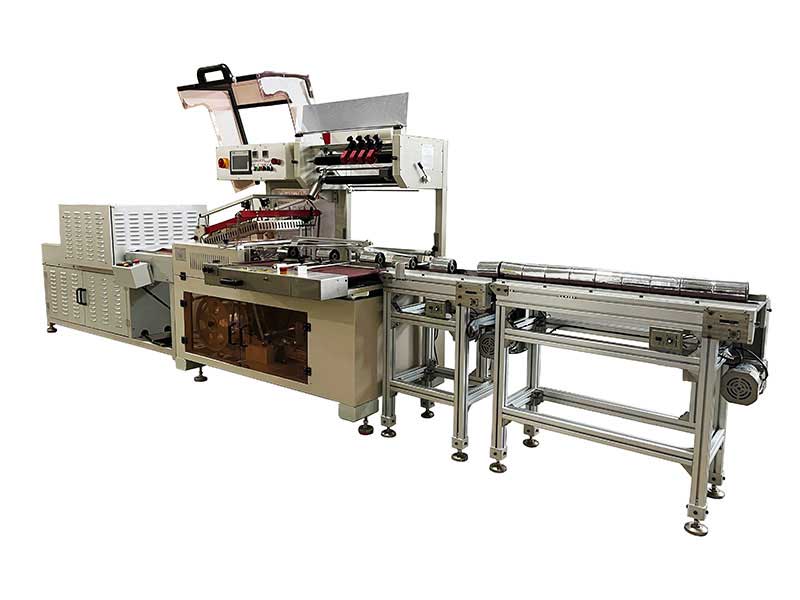 Thermal Transfer Ribbons Packaging Machine
Thermal Transfer Ribbons Packaging Machine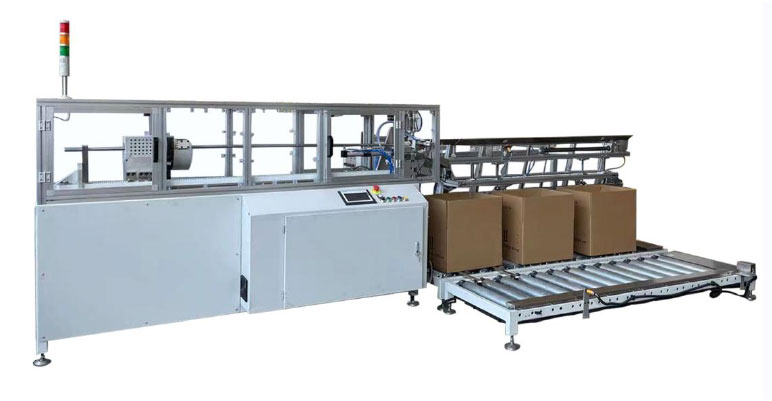 Automatic Paper Core Cutting Machine
Automatic Paper Core Cutting Machine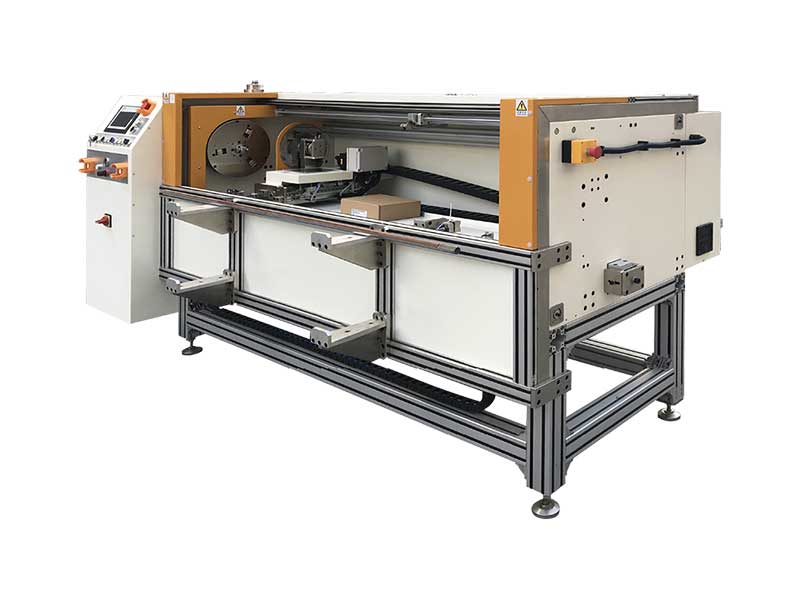 Automatic Foil Roll Cutting Machine
Automatic Foil Roll Cutting Machine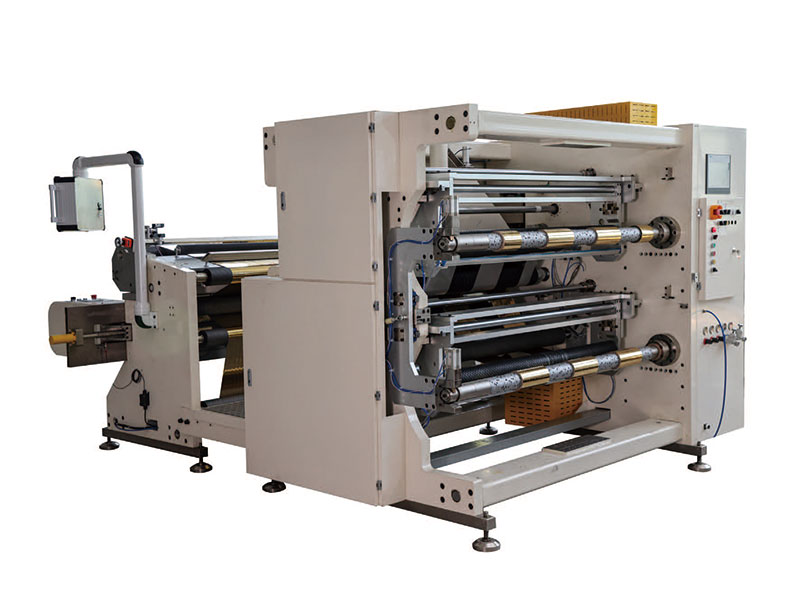 1400mm Hot Stamping Foil Slitting Machine
1400mm Hot Stamping Foil Slitting Machine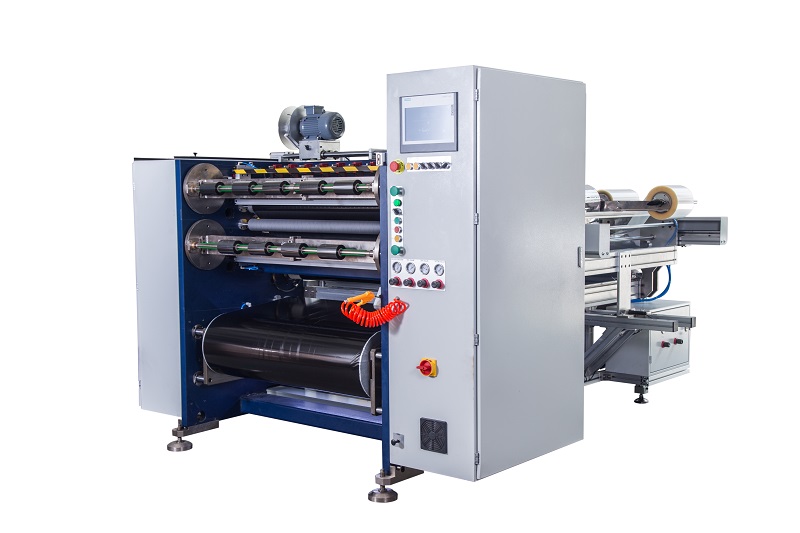 Semi Automatic Thermal Transfer Ribbon Slitting Machine RSDS5 PLUS
Semi Automatic Thermal Transfer Ribbon Slitting Machine RSDS5 PLUS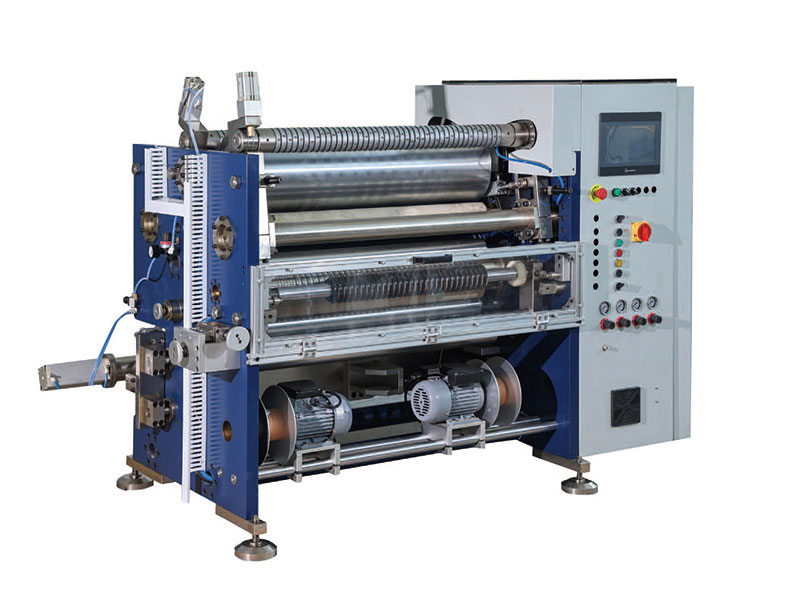 800mm Hot Stamping Foil Slitting Machine
800mm Hot Stamping Foil Slitting Machine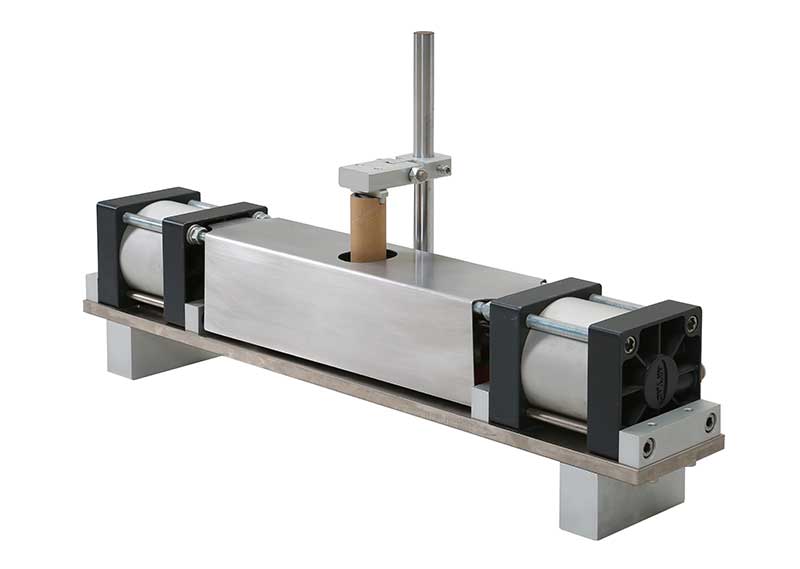 Paper Core Notch Puncher
Paper Core Notch Puncher

